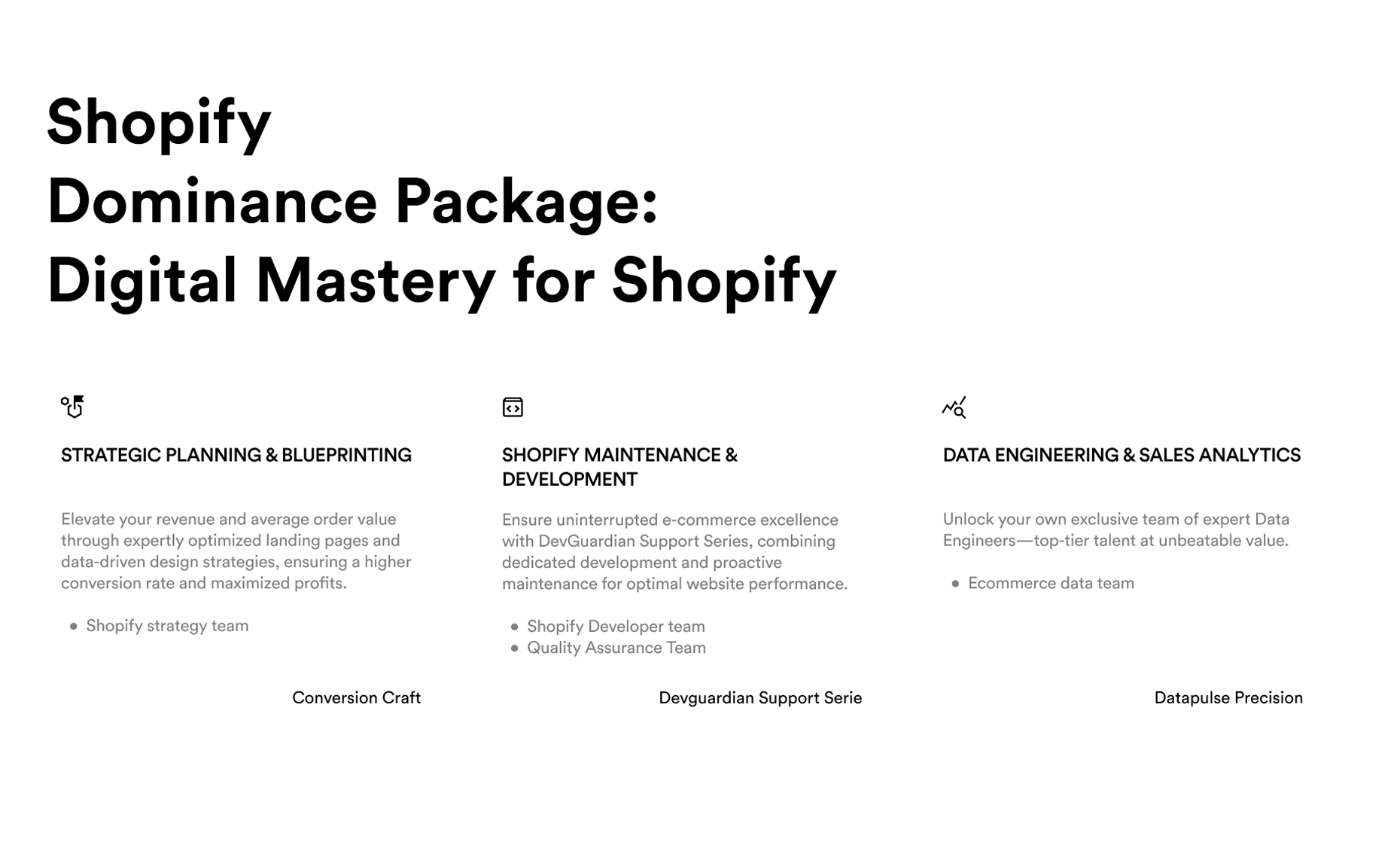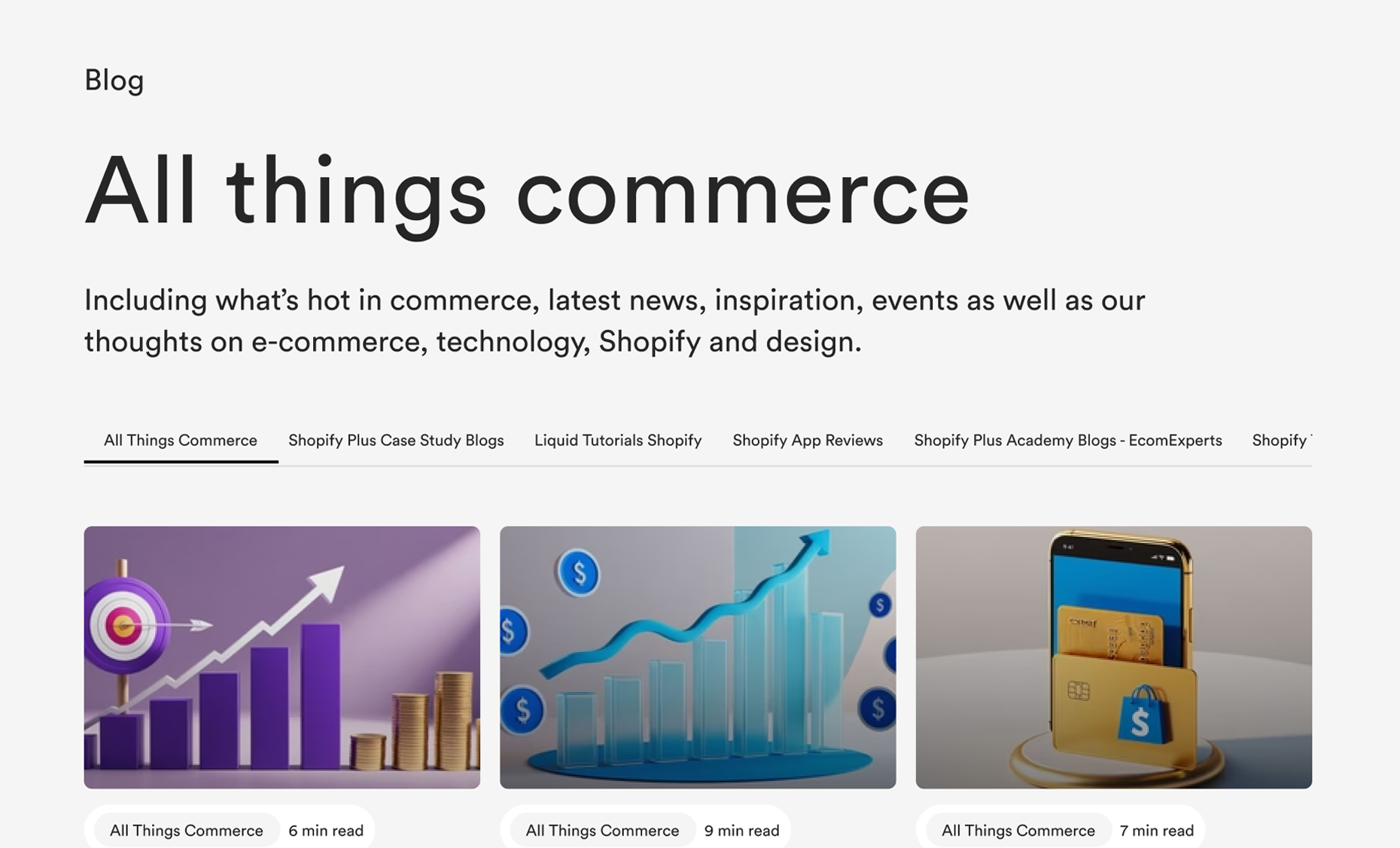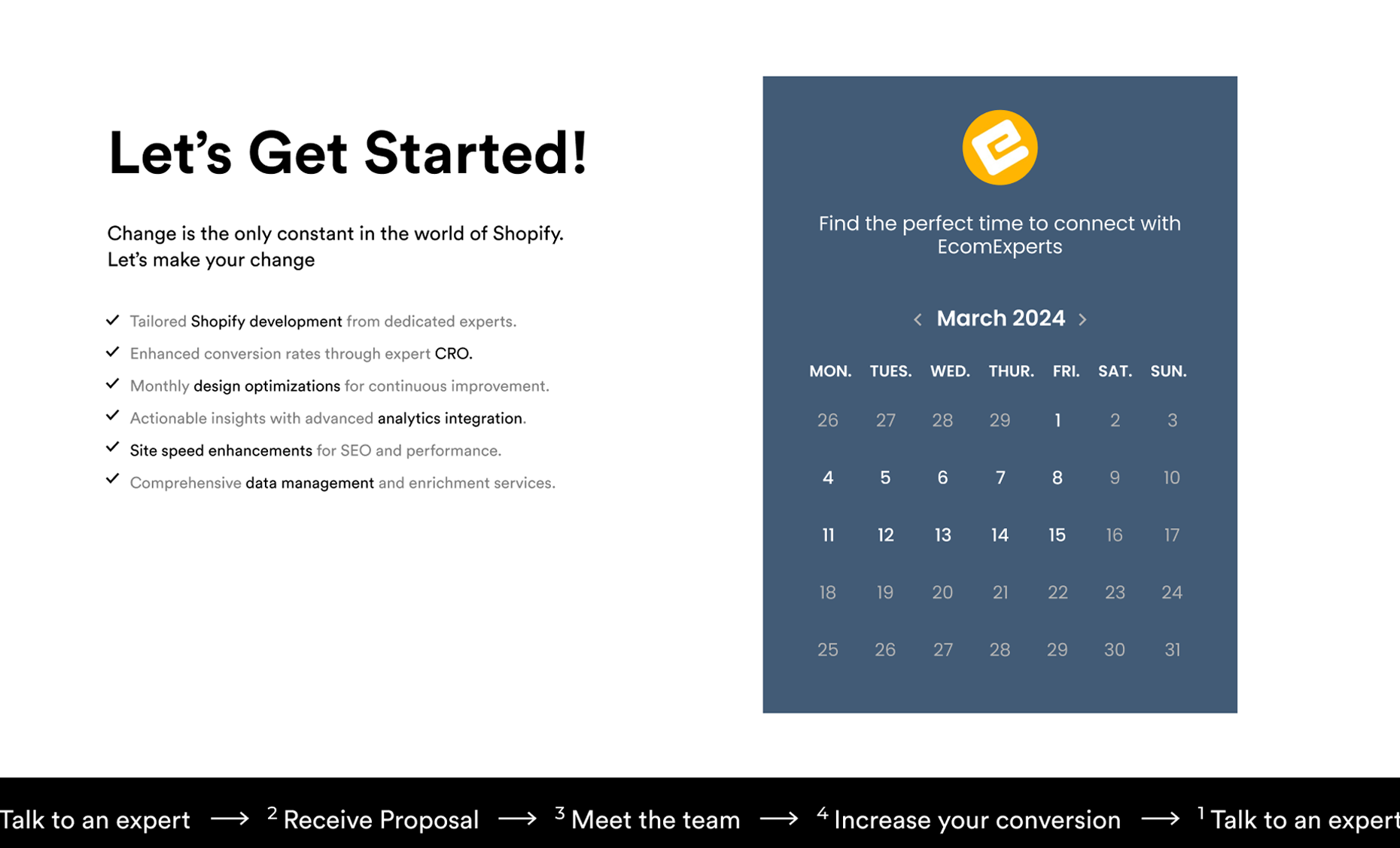
Discover everything you need to know about Minimum Advertised Pricing (MAP) on Shopify in 2024 with our comprehensive guidean
In the competitive world of e-commerce, sellers are constantly looking for ways to differentiate themselves and drive sales. One effective strategy that has gained popularity in recent years is implementing Minimum Advertised Pricing (MAP) policies. This comprehensive guide will delve into the intricacies of MAP and how it can benefit Shopify sellers in 2024 and beyond.
Understanding Minimum Advertised Pricing (MAP)
Before diving into the specifics of MAP policies, it's important to understand what MAP actually means. Simply put, MAP is the lowest price that a retailer is allowed to advertise a product for sale. While sellers can still sell the product for a lower price, they cannot publicly display that discounted price.

The primary goal of MAP is to protect the brand image and prevent price erosion. By setting a minimum advertised price, brands can ensure that their products are perceived as valuable and premium. This not only helps in maintaining healthy profit margins but also strengthens the overall customer perception of the brand.
Implementing a MAP policy requires careful consideration and monitoring. Brands need to communicate the policy clearly to their retailers and enforce it consistently to avoid any violations. Regular audits and tracking of advertised prices are essential to ensure compliance across all sales channels.
Furthermore, MAP policies can also benefit retailers by creating a level playing field. When all retailers adhere to the same minimum advertised price, competition shifts from price wars to other value-added services such as customer experience, product knowledge, and after-sales support. This can lead to a more sustainable and mutually beneficial relationship between brands and retailers.
The Evolution of MAP Policies in E-commerce
MAP policies have been around for quite some time, but they have gained traction in the e-commerce industry in recent years. As online shopping continues to dominate the retail landscape, brands have become more proactive in protecting their brand image and controlling pricing.

With the rise of online marketplaces and third-party sellers, manufacturers have faced increasing challenges in maintaining consistent pricing across different channels. MAP policies act as a powerful tool for brands to exercise control over their products' pricing and distribution. It ensures that retailers do not engage in unscrupulous practices such as price undercutting or deep discounting.
One key aspect of MAP policies is that they help foster healthy competition among retailers. By setting a minimum price that all retailers must adhere to, brands create a level playing field where competition is based on factors other than price. This can lead to a more sustainable retail environment where retailers compete on customer service, product knowledge, and overall shopping experience.
Moreover, MAP policies also benefit consumers by maintaining the perceived value of a brand's products. When prices are consistently low due to intense price competition, consumers may perceive the products as lower quality. By enforcing MAP policies, brands can uphold the value and prestige of their products in the eyes of consumers, ultimately leading to greater brand loyalty and trust.
Benefits of Implementing MAP on Shopify
Implementing MAP on Shopify can offer numerous benefits for sellers. Firstly, it helps in preserving profit margins by ensuring that products are not sold at extremely low prices, which can negatively impact profitability.

Secondly, MAP policies create a level playing field for all retailers selling a particular brand's products. This prevents retailers from engaging in price wars or heavily discounting products to gain a temporary competitive advantage. Ultimately, this encourages healthy competition based on factors beyond just pricing, such as product quality and customer service.
Additionally, MAP policies contribute to maintaining the perceived value of a brand's products. By controlling the advertised price, brands can position their products as premium offerings and strengthen the overall brand image in the eyes of consumers.
Moreover, implementing MAP on Shopify can enhance brand loyalty and trust among customers. When consumers see consistent pricing across different retailers, they are more likely to trust the brand and perceive it as reliable and trustworthy. This can lead to repeat purchases and positive word-of-mouth referrals, ultimately boosting sales and brand reputation.
Furthermore, MAP policies can help in building strong partnerships between brands and retailers. By setting clear guidelines on pricing, brands can foster better relationships with retailers, ensuring mutual respect and cooperation. This can result in improved collaboration on marketing efforts, product launches, and overall brand promotion.
Strategies for Enforcing MAP Compliance
Enforcing Minimum Advertised Price (MAP) compliance is crucial for maintaining brand integrity and ensuring fair competition among retailers. By actively monitoring and enforcing MAP policies, Shopify sellers can protect their brand reputation and prevent price erosion in the market.

One effective strategy for enforcing MAP compliance is to conduct regular audits of online channels where your products are advertised. By monitoring the advertised prices across various platforms, sellers can quickly identify any deviations from the set MAP pricing and take necessary actions to address the violations.
- Regular Monitoring: Monitor the advertised prices of your products on various online channels to identify any violations.
- Communication: Establish clear communication channels with retailers to educate them about the importance of MAP compliance.
- Warning System: Implement a three-strike system, where the first two violations result in warning notices and the third violation leads to termination of the retailer's account.
- Collaboration with MAP Monitoring Tools: Utilize specialized MAP monitoring tools to automate the process of tracking and reporting violations.
Furthermore, fostering a collaborative relationship with retailers is essential in promoting MAP compliance. By engaging in open dialogue and providing educational resources on the benefits of adhering to MAP policies, sellers can cultivate a culture of compliance within their distribution network. This proactive approach not only deters violations but also strengthens partnerships with retailers who understand the value of maintaining consistent pricing standards.
MAP Monitoring Tools for Shopify Sellers
To simplify the process of monitoring MAP compliance, several tools have been developed specifically for Shopify sellers. These tools provide real-time alerts whenever a violation occurs and offer detailed analytics to help sellers make informed decisions about enforcement actions.

Some popular MAP monitoring tools for Shopify include XYZ Monitoring, ABC Tracker, and PQR Mapper. These tools help sellers stay on top of their MAP policies and ensure that retailers maintain pricing integrity across various marketplaces.
Navigating Legal Aspects of Minimum Advertised Pricing
While MAP policies are a powerful tool for brands, it's essential to navigate the legal aspects to avoid any potential legal disputes. It is recommended to consult with legal professionals who specialize in e-commerce and pricing regulations to ensure compliance with all relevant laws and regulations.

By understanding the legal framework surrounding MAP, sellers can design and implement effective policies that are lawful and enforceable, protecting both their brand reputation and bottom line.
How MAP Impacts Brand Image and Customer Perception
MAP plays a crucial role in shaping brand image and customer perception. By maintaining consistent pricing across all channels, brands can establish themselves as reliable and trustworthy in the eyes of consumers.
When consumers see a product consistently priced at or above the MAP, it creates a perception of value and quality. This perception encourages potential customers to view the product as premium and worth their investment.

On the other hand, inconsistent pricing or heavy discounting can erode brand trust and create doubt about the product's quality. Therefore, implementing and enforcing MAP policies helps build a positive brand image, leading to improved customer loyalty and increased sales in the long run.
Tips for Setting Effective Minimum Advertised Prices
Setting effective minimum advertised prices requires careful consideration. Here are some tips to help you set optimal prices:
- Market Research: Conduct thorough market research to understand the competitive landscape and determine the ideal price point for your products.
- Cost Analysis: Calculate all relevant costs, including manufacturing, shipping, and marketing, to ensure profitability at the minimum advertised price.
- Brand Positioning: Consider your brand positioning and target audience. Set prices that align with your brand image and cater to the perceived value of your products.
- Flexibility: Remain flexible and regularly reassess prices based on market trends, competitor actions, and customer feedback.
Forecasting MAP Trends for 2024 and Beyond
As e-commerce continues to evolve, the importance of MAP policies is expected to grow in the coming years. Here are some trends to watch out for in 2024 and beyond:
- Increased Automation: The integration of artificial intelligence and machine learning into MAP monitoring tools will streamline enforcement and enhance accuracy.
- Expanded Global Reach: With the rapid global expansion of e-commerce, brands will need to adapt their MAP policies to regulate pricing across different regions and marketplaces.
- Heightened Legal Scrutiny: As MAP becomes more prevalent, legal authorities may scrutinize pricing practices more closely. Staying up to date with applicable laws and regulations will be crucial.

In conclusion, implementing MAP policies on Shopify is a wise strategy for sellers looking to protect their brand value, drive sales, and maintain healthy profit margins. By understanding the fundamentals of MAP, leveraging monitoring tools, and staying proactive, sellers can navigate the evolving e-commerce landscape with confidence and reap the rewards of solid pricing strategies.











